Line in Art – Discover the Different Types of Line in Art
Lines are everywhere we look – can you imagine what an object or shape would appear like without lines giving it a structure or form? That almost seems impossible! In this article, we will discuss the line in art definition as well as provide examples to illustrate the different types of lines in art.
What Is Line in Art?
Line is fundamental to any artwork’s overarching form or shape. Sometimes we see lines clearly and sometimes we do not, but they are there. But how does it make a difference to an artwork? Below we will discuss the several main types of lines and what they look like.
Types of Line in Art
Line in art comes in different lengths, shapes, and sizes, for example, curved, zigzag, spiral, wavy, horizontal, vertical, diagonal, and more. It is also important to note that any type of line can be short or long, thick, or thin.
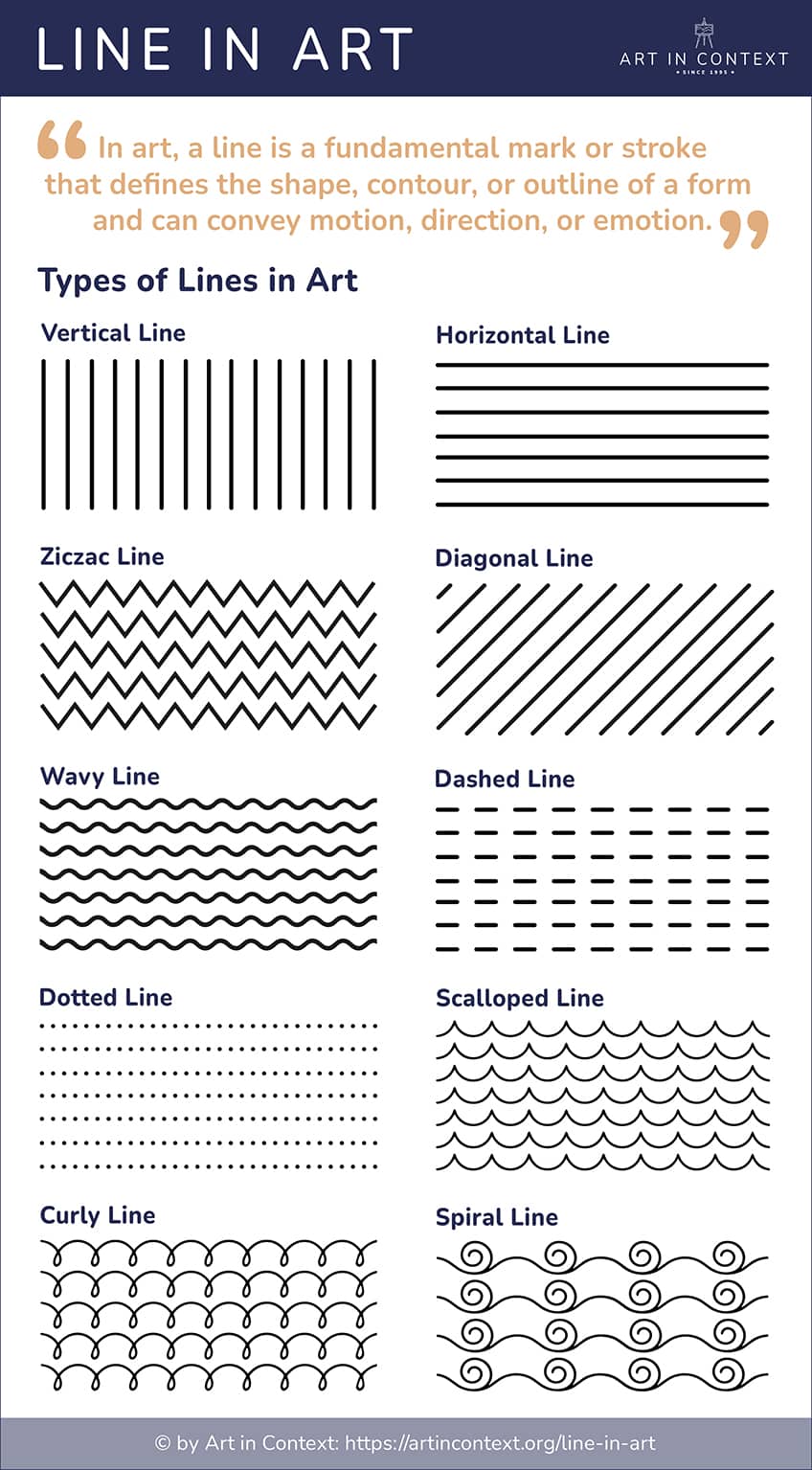
Horizontal Lines
Horizontal lines move from left to right, or right to left, in other words across. They are usually described as being straight lines that are “flat” and “parallel” to the earth’s horizon, which is the line we see when the sky meets the earth or where the sky meets the ocean. This is also termed the “horizon line”.
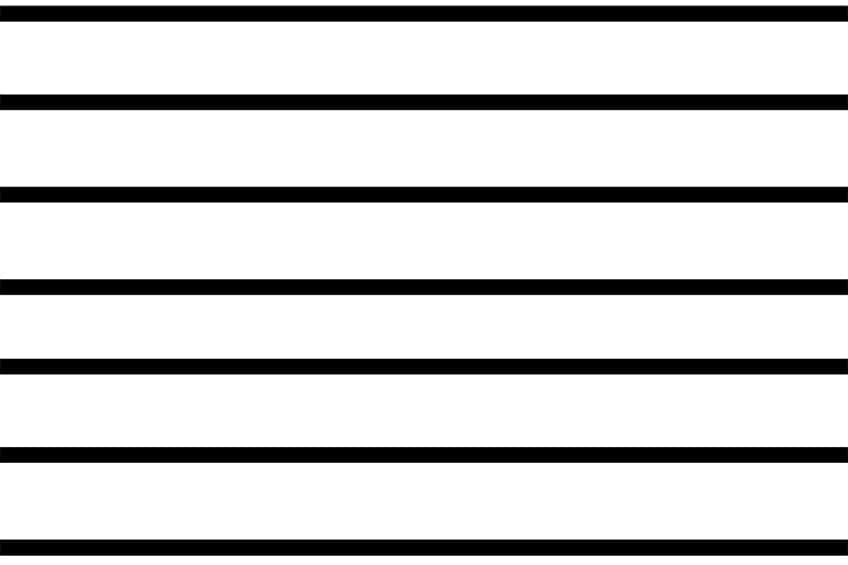
Horizontal lines are often attributed to qualities like restfulness, calmness, solidity, or steadiness because it lies in line with the earth.
They can also convey distance and space through linear perspective, which creates depth and three-dimensionality in a two-dimensional (flat) visual composition like a canvas or piece of paper. In other words, parallel lines (orthogonals) converge at a focal or vanishing point on the horizon line in the visual composition.
We can either visibly see horizontal lines in artworks, which are typically straight lines, but not always; some horizontal lines can be curvier, but imply horizontality. This leads to implied horizontal lines that we cannot visibly see as a line itself.
The implied horizontal format can also relate to the physical nature of an artwork, in other words, its form. This can be in a horizontal format or orientation, which is termed a “landscape” orientation compared to the “portrait” orientation, which is vertical. Think of a time when you needed to choose this type of format for a photo frame.
Examples of line in art that depict horizontality can be seen in architectural structures which will appear sturdier, like the Frederick C. Robie House (1909) designed by the architect Frank Lloyd Wright.

The Frederick C. Robie House, built by Frank Lloyd Wright in 1909; Teemu08, CC BY-SA 3.0, via Wikimedia Commons
This is an example from the Chicago-born architectural style called the Prairie Style, of which the renowned Wright was a part. This style has often been described in terms of echoing the natural American Midwest landscape and Wright is often quoted as describing these buildings as “married to the ground”.
Another example of line in art depicting horizontality is “The Monk by the Sea” (1808 to 1810) by Caspar David Friedrich. In this oil painting, we can visibly see the horizon line, where the sky meets the sea.
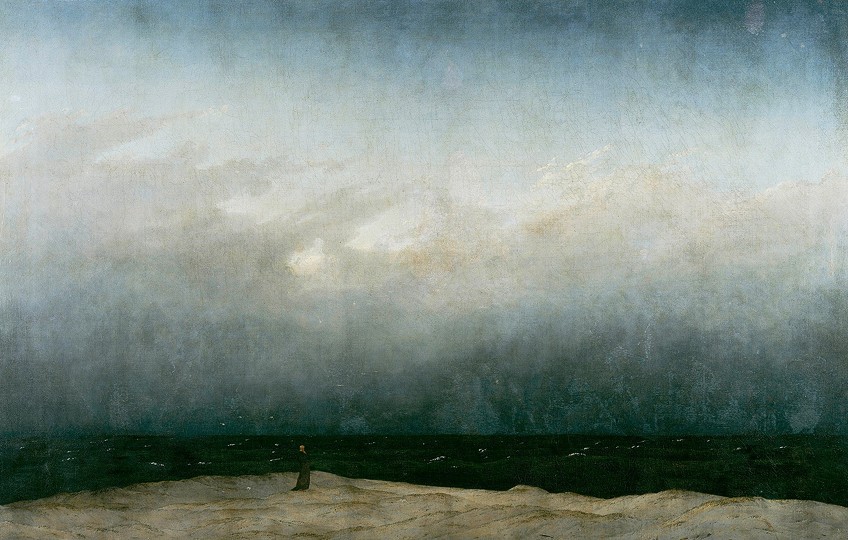
Vertical Lines
Vertical lines are best described as moving in an up and down or down and up direction and are known as being “perpendicular” to the earth’s surface/horizon, or any other horizontal line. Vertical lines are often attributed to qualities like strength, power, and spirituality, as well as giving height and prominence to the subject matter.
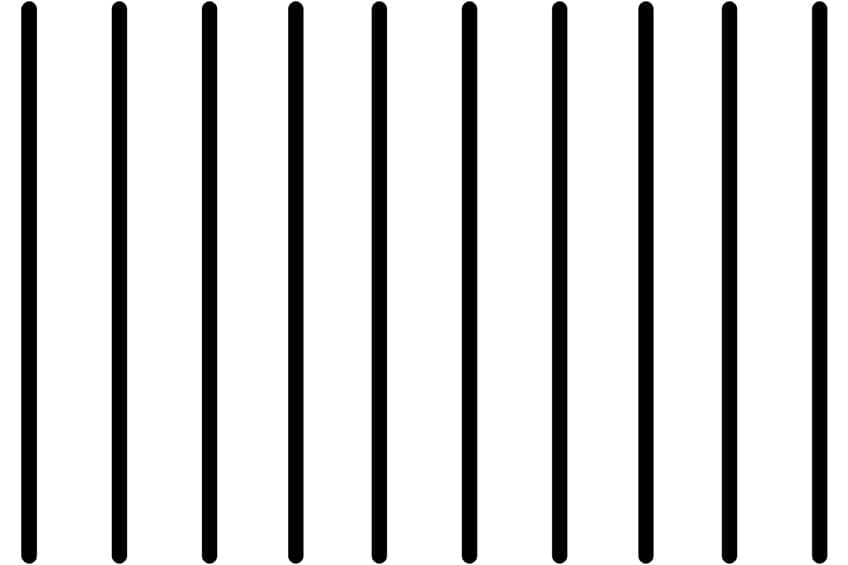
There are thousands of examples of line in art that utilizes vertical lines, from architecture to paintings.
We cannot miss some of the best examples of vertical lines in the rising spires and pointed arches of the Gothic cathedrals all over Europe, for example, the Notre-Dame de Paris, which was completed in 1345.
It is not only in Gothic cathedrals where we find vertical lines but also in the ancient Greek temples like the Parthenon (438 BC) in Greece, which have rows of Doric Order columns surrounding it, reportedly 46 along the outside and 23 along the inner side.

The repeated vertical lines create a patterned effect, which we also see in many other ancient temples.
Diagonal Lines
Diagonal lines are usually described as straight lines that “slant”. It can go in any direction like left or right, but it will appear seemingly skewed or angled in that direction. This type of line can often provide a sense of movement and dynamism in a visual composition because of its “unstable” angle.
Furthermore, diagonal lines can also be utilized in perspective to draw attention to a specific focal point or create a sense of depth and three-dimensionality in a two-dimensional visual artwork.
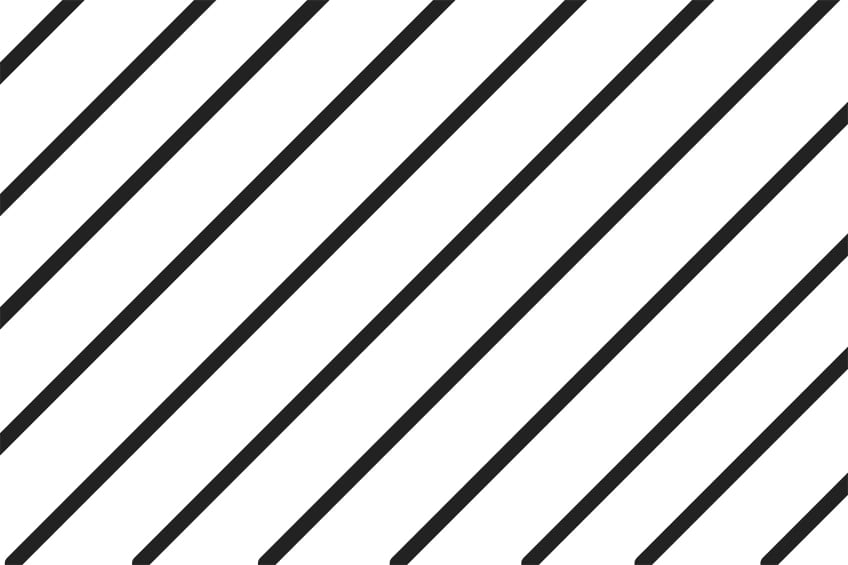
Examples of diagonal lines in art include the oil painting by Gustave Caillebotte “Le Pont de l’Europe” (1876), which depicts a strong diagonal line created by the bridge on the righthand side.
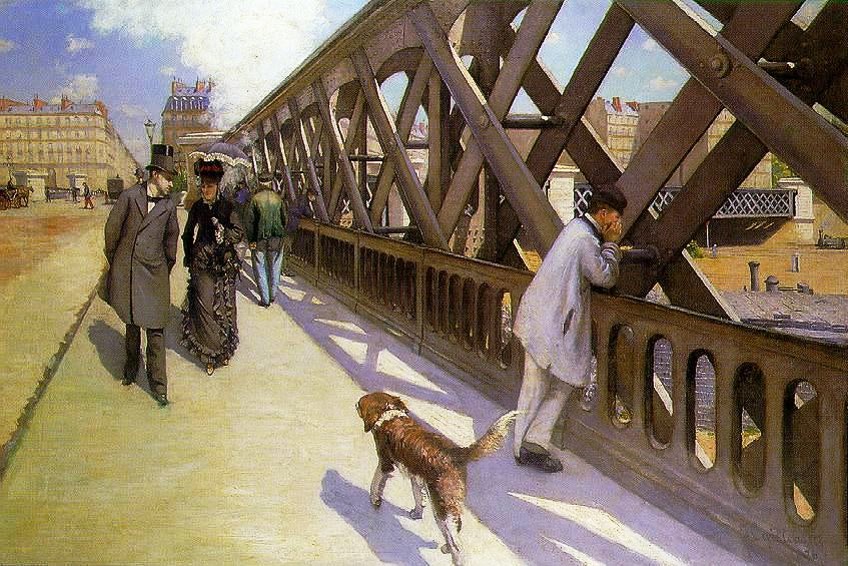
Curved Lines
Curved lines are often described as bending in form and can be spiral-shaped or wavy. They are also attributed to aspects of “sensuality”, conveying the natural curves we see on the human body, or other aspects like fluidity or softness.

Curves can be applied for almost any purpose.
Examples of curved lines in art include the famous oil painting by Vincent van Gogh The Starry Night (1889).
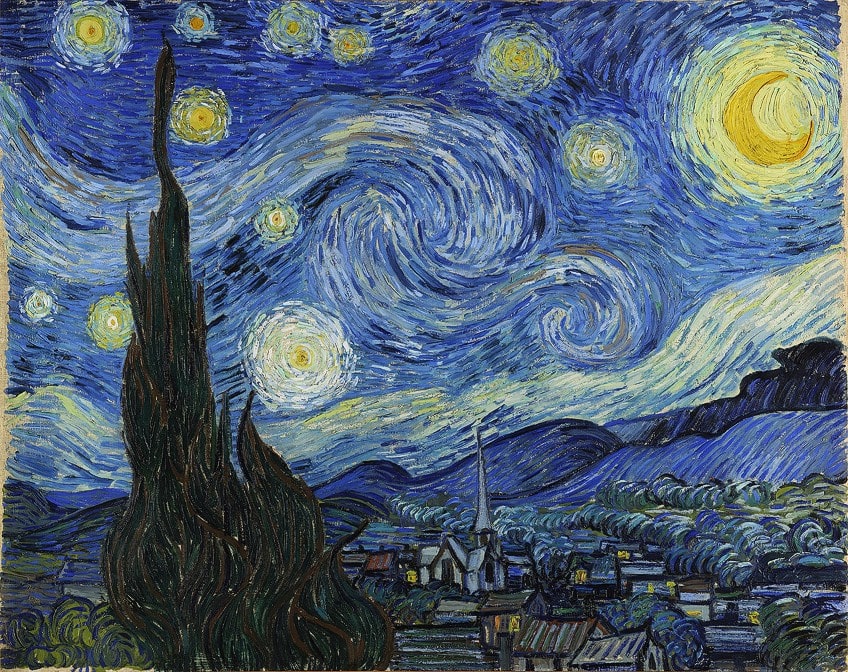
Here we see natural curves that accentuate the entire human figure, giving the idea of voluptuousness, fertility, and beauty.
Zigzag Lines
Zigzag lines can be thought of as almost the opposite of curved lines. They appear more angular and geometric, as well as more energized in their appearance because they move from one point to the next and up and down.
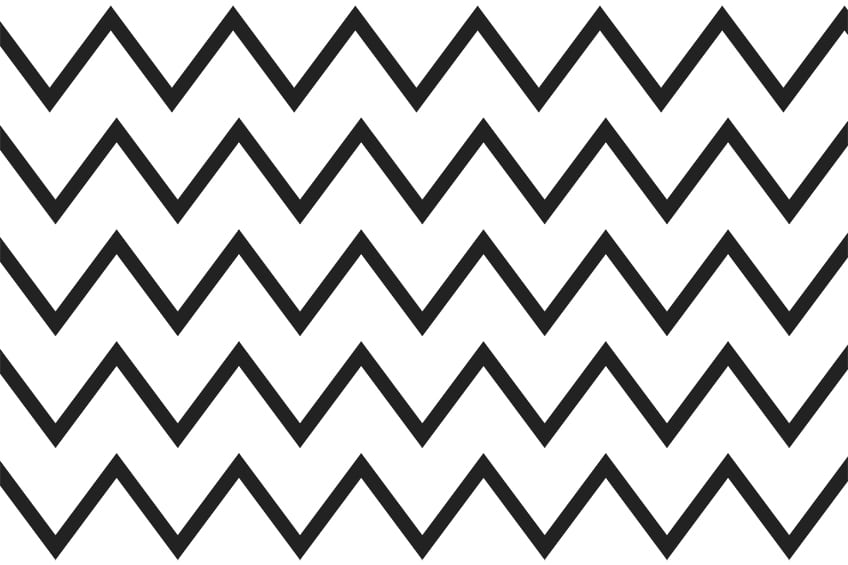
Zigzag lines can be applied to give a sense of dynamism and rhythm in visual composition and are often attributed to qualities like “chaos” or evoking heightened emotions because they are not static or as fluid as we see in curved lines.
Furthermore, zigzag lines can also be applied to indicate a pattern or decoration in any type of artwork, which will create diversity and a more interesting subject matter, whether it is in a realistic or abstract portrayal. An example of zigzag lines in art includes the more contemporary art from the conceptual artist Solomon LeWitt and his Wall Drawings series.
Interrupted Lines
Interrupted lines, such as dashed or dotted lines, play a crucial role in art by suggesting movement, indicating edges, and creating texture or patterns without the visual weight of a solid line. These lines can guide the viewer’s eye across a composition, create emphasis, and imply continuation beyond the confines of the canvas.
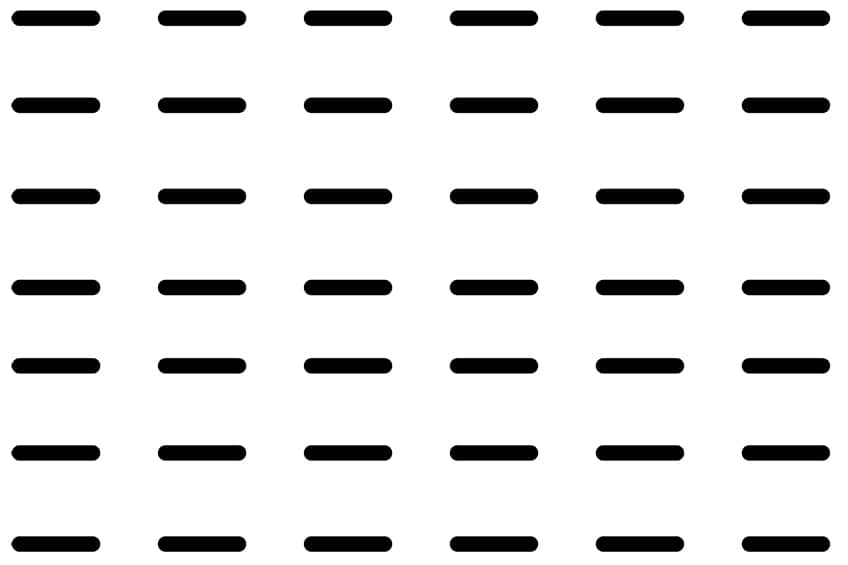
How to Apply Line in Art
While there are other types of lines, like broken and dotted lines, above we mentioned the main types of lines in art. However, these lines can be applied in a variety of sizes, lengths, and purposes. Below we provide some of the main methods of applying lines in art.
Use Lines to Help with Your Drawings
Lines are fundamental to creating art, and they’re especially crucial when you’re using techniques like the grid method, which is detailed in our drawing with a grid tutorial.

They help you construct forms and objects with precision by providing structural guides and are indispensable for mastering linear perspective to create depth and dimension in your work.
Short and Long Lines
Short and long lines refer to the length of a line and when applied in artworks can take on different meanings. Short lines can convey a sense of movement or rhythm whereas longer lines can be applied to create an outline or convey a sense of distance or depth.
Thin and Thick Lines
Thin lines will create a different effect compared to thick lines. For example, thin lines will soften a visual composition. It is important in terms of finer details and can provide artworks with more depth and three-dimensionality in terms of the background of an image.
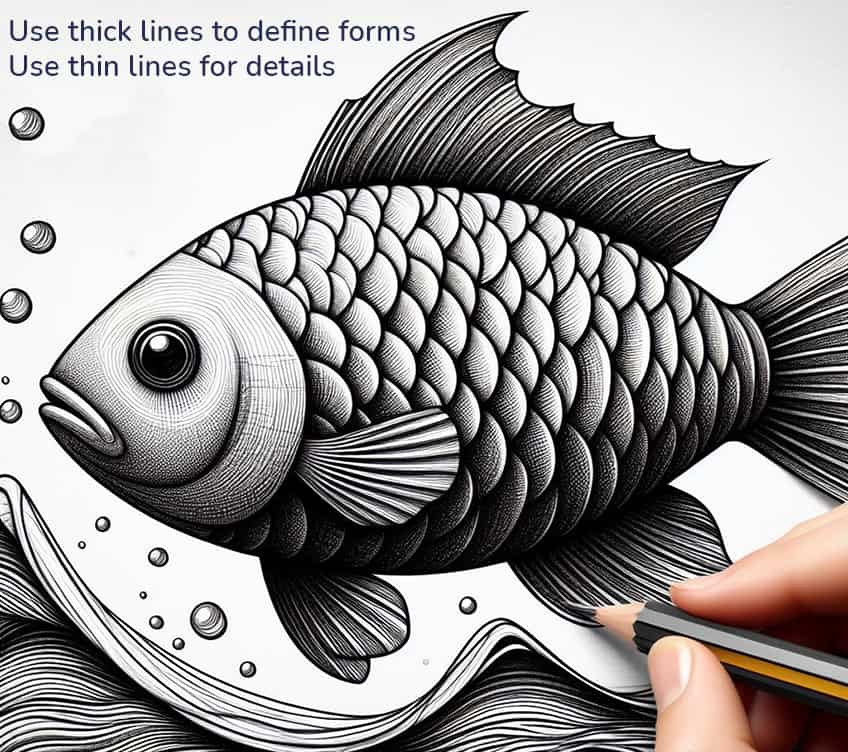
Thick lines will also provide depth and three-dimensionality to a visual composition; however, it will be evident more in the foreground, which will be closer to us, the viewers.
It is also attributed to qualities of “boldness” and providing “structure” to subject matter, emphasizing a point of focus. However, even if thick and thin lines are not utilized in conjunction, an artwork with only thick lines can also appear more harmonious and balanced in terms of the art elements, and so too can artwork with only thin lines.
Contour Lines
Contour lines refer to the outlines of a subject matter, which will provide the fundamental structure or shape of the object or figure in the visual composition. It will usually not include shading or any other art elements. It is also sometimes referred to as the “silhouette” and focuses more on the edges of the subject matter.
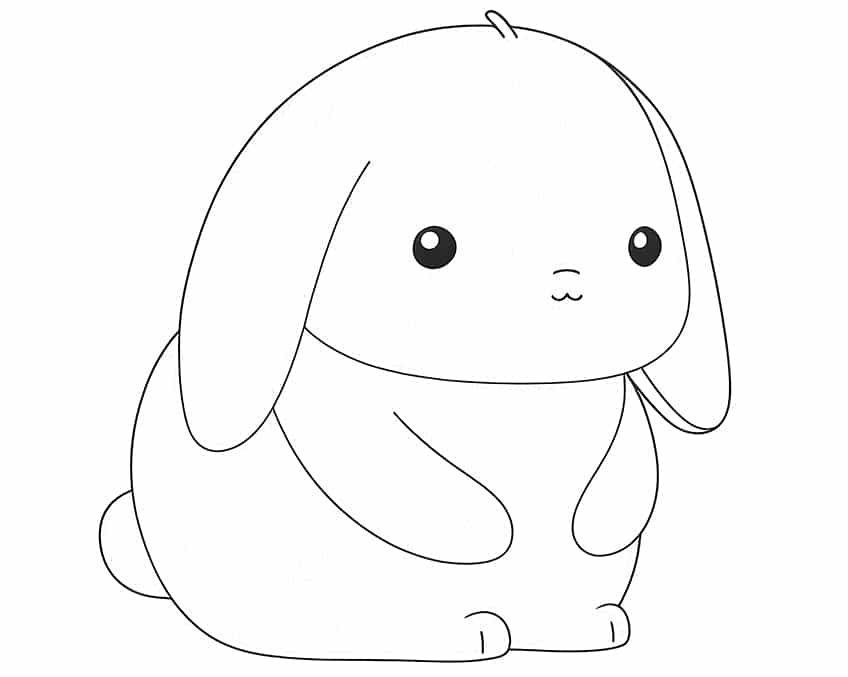
There are also cross-contour lines, which act in a similar manner, however, they focus on the overall form of the subject matter and not only on the edges or outlines of it.
Use Lines for Your Abstract Drawings
As you can see in our optical illusion drawing tutorial, theelement of line is frequently employed in abstract designs and drawings to create intricate patterns, dynamic structures, and to convey movement and energy within the composition.
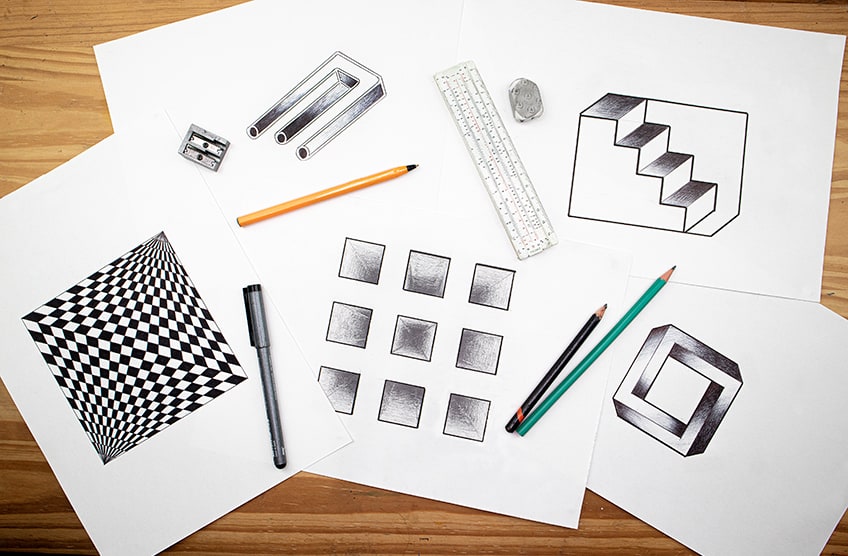
Use Lines to Add Depth
By varying the curvature and thickness of lines in an artwork, you can craft the illusion of three-dimensional objects and space, with lines enhancing form and contributing to a sense of depth.
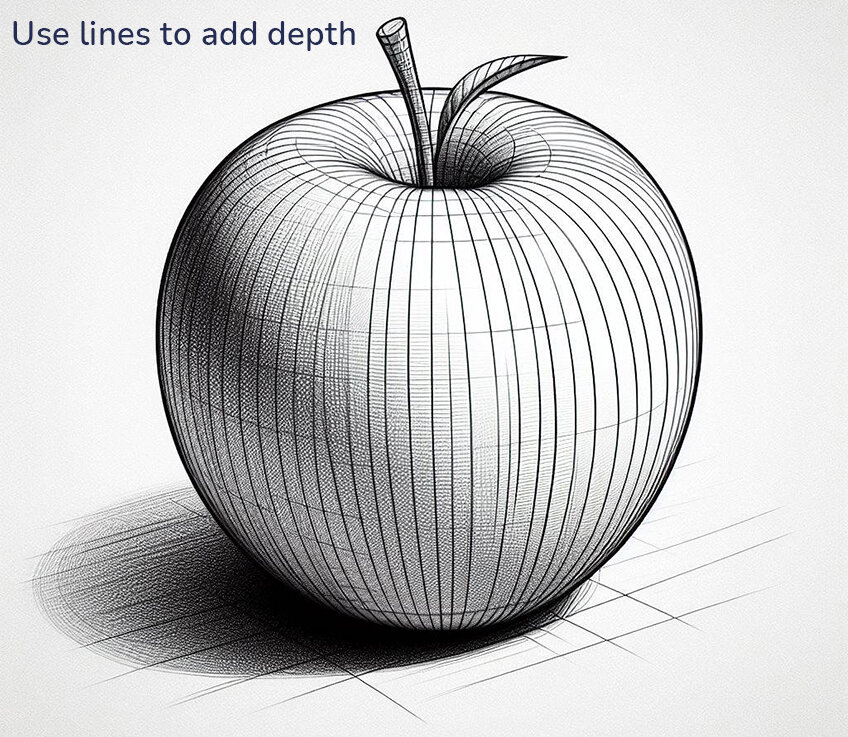
Use Lines for Shading
Shading can be done through hatching and cross-hatching techniques, although there are numerous other methods. The primary characteristic is to indicate value, which is one of the other art elements, through shading and tones.
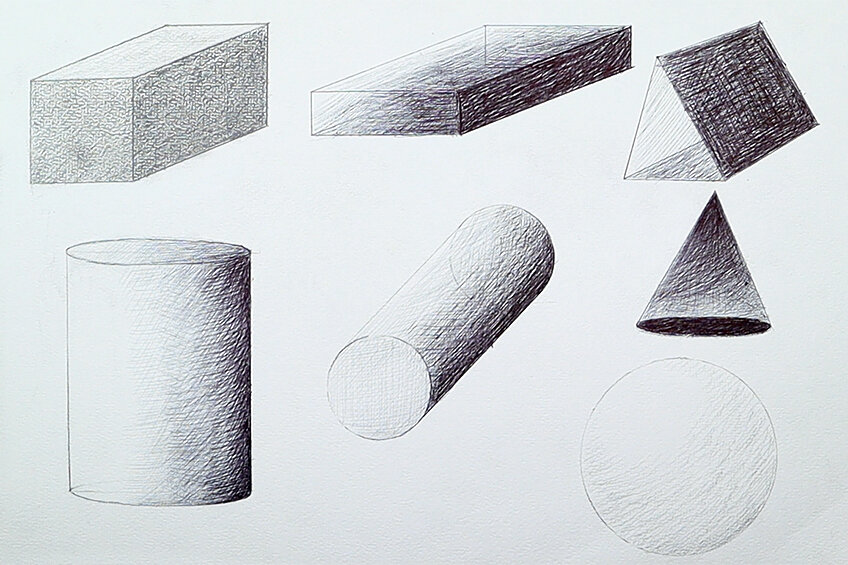
This technique is usually utilized when drawing, but can also be done through other media like painting.
Hatching consists of lines drawn parallel to one another. These lines can be any length or thickness depending on the subject matter. Cross-hatching consists of the same parallel lines, but with lines that cross over them, which will provide more value as well as more stylistic qualities to the subject matter.
Lines in art have always been there. It is a fundamental part of preparing a visual composition or enhancing it, whichever way, drawing the line will lead to endless possibilities.
Learn everything about the Elements of Art
We have written a series about all the elements of art, if you would like to dive a bit deeper into the topic:
Take a look at our line art webstory here!
Frequently Asked Questions
What Is Line in Art?
Line in art is a so-called point that moves from one direction to another. It can be any size, length, or pattern. It is part of the elements of art, which are namely color, texture, value, shape, form, and space.
What Are the Common Types of Lines in Art?
The most common types of lines in art are horizontal, vertical, diagonal, zigzag, curved, dotted, broken, spiral, and curly lines, among numerous other types. Each type can be applied differently to convey visual or emotional effects in any artwork.
How Do You Apply Line in Art?
There are many different techniques in which lines can be applied, some of the more standard techniques include shading like hatching or cross-hatching, contour lines, which are also referred to as outlines, as well as variations of length like long or short, and thicknesses.
Alicia du Plessis is a multidisciplinary writer. She completed her Bachelor of Arts degree, majoring in Art History and Classical Civilization, as well as two Honors, namely, in Art History and Education and Development, at the University of KwaZulu-Natal, South Africa. For her main Honors project in Art History, she explored perceptions of the San Bushmen’s identity and the concept of the “Other”. She has also looked at the use of photography in art and how it has been used to portray people’s lives.
Alicia’s other areas of interest in Art History include the process of writing about Art History and how to analyze paintings. Some of her favorite art movements include Impressionism and German Expressionism. She is yet to complete her Masters in Art History (she would like to do this abroad in Europe) having given it some time to first develop more professional experience with the interest to one day lecture it too.
Alicia has been working for artincontext.com since 2021 as an author and art history expert. She has specialized in painting analysis and is covering most of our painting analysis.
Learn more about Alicia du Plessis and the Art in Context Team.
Cite this Article
Alicia, du Plessis, “Line in Art – Discover the Different Types of Line in Art.” Art in Context. July 15, 2022. URL: https://artincontext.org/line-in-art/
du Plessis, A. (2022, 15 July). Line in Art – Discover the Different Types of Line in Art. Art in Context. https://artincontext.org/line-in-art/
du Plessis, Alicia. “Line in Art – Discover the Different Types of Line in Art.” Art in Context, July 15, 2022. https://artincontext.org/line-in-art/.


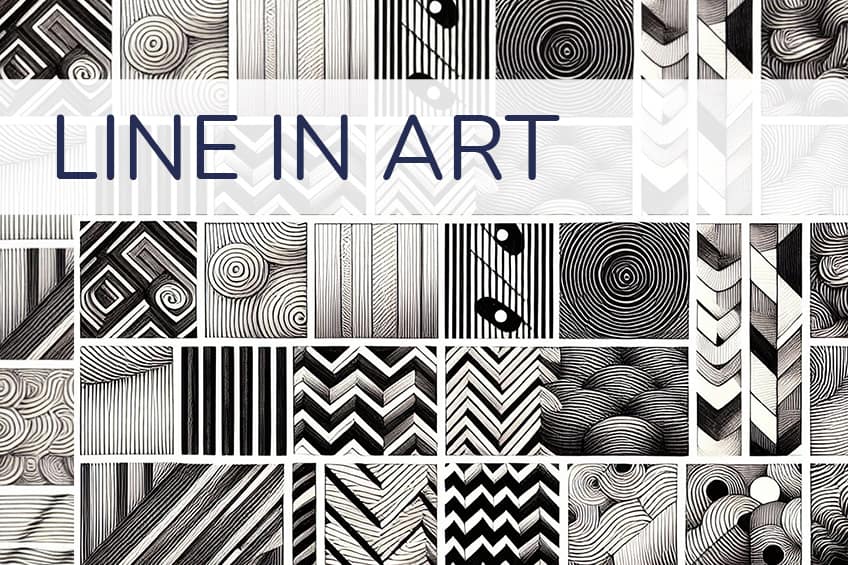

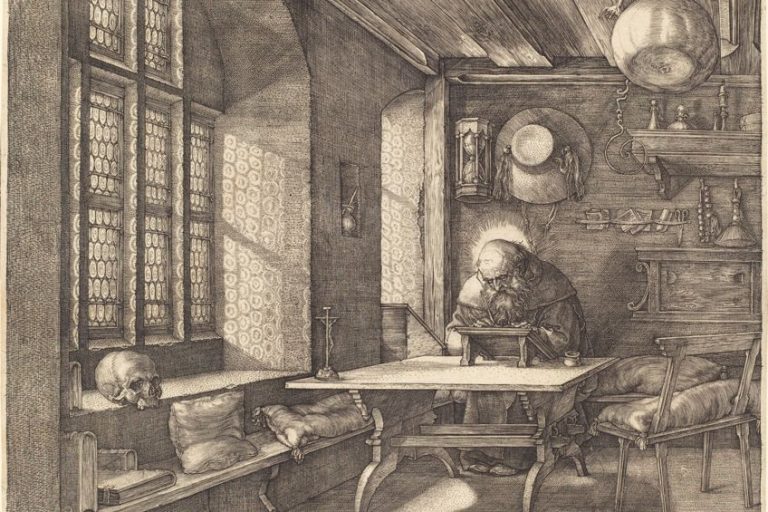
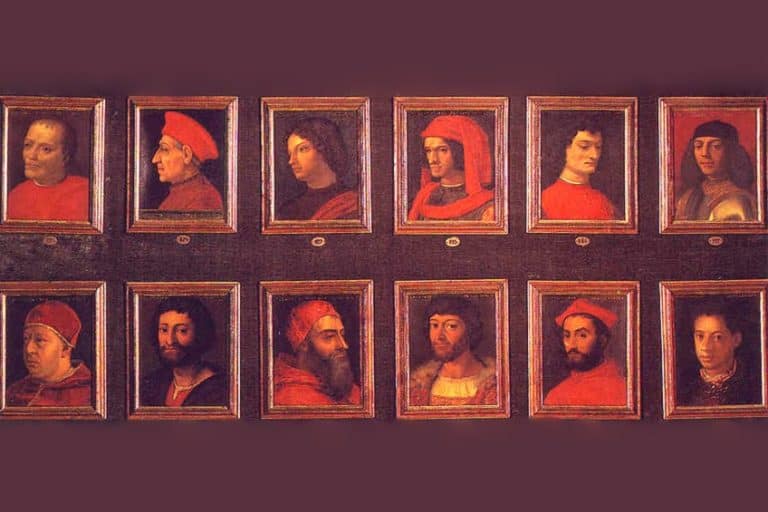
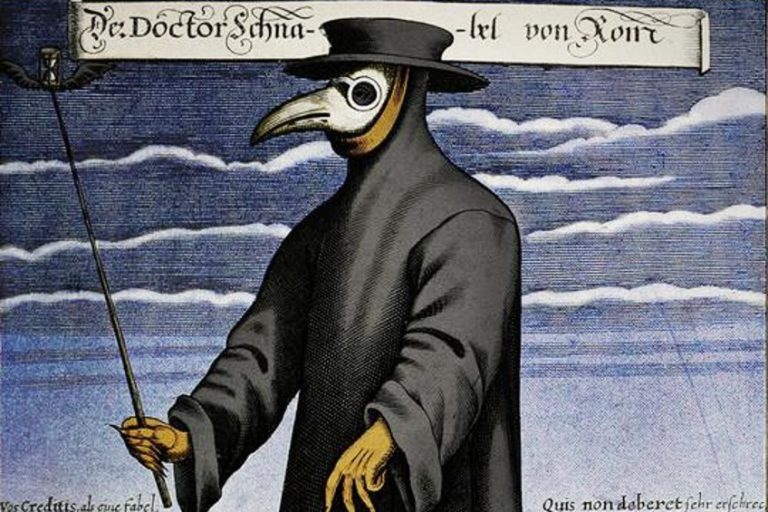

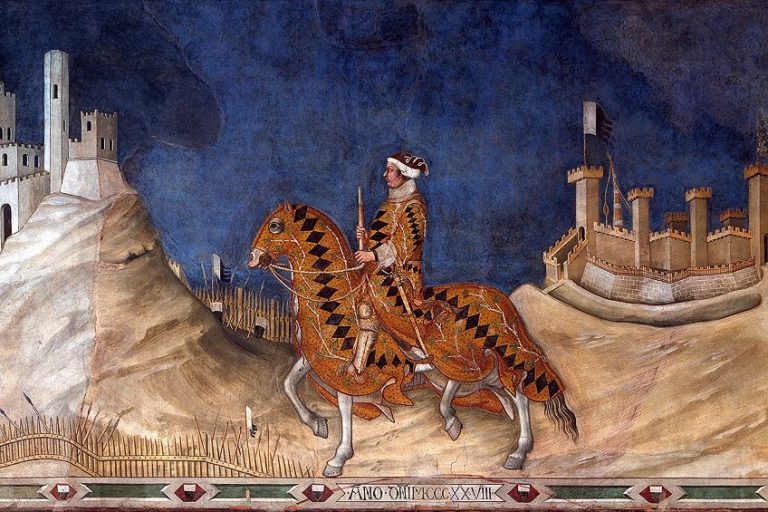
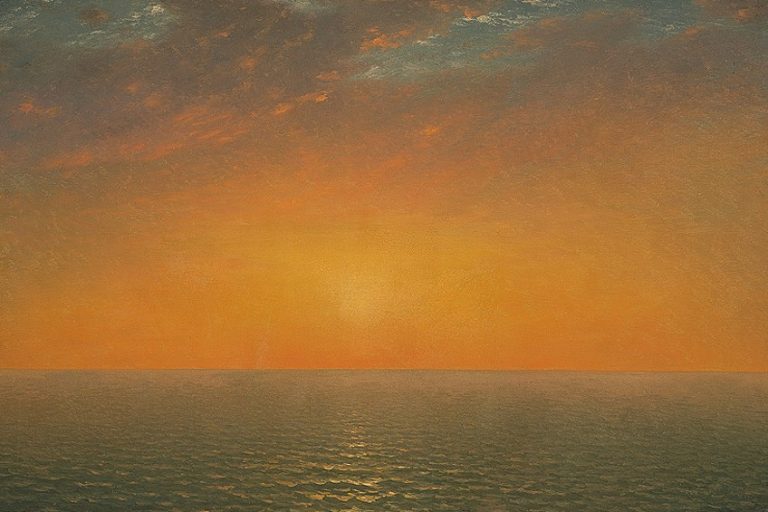


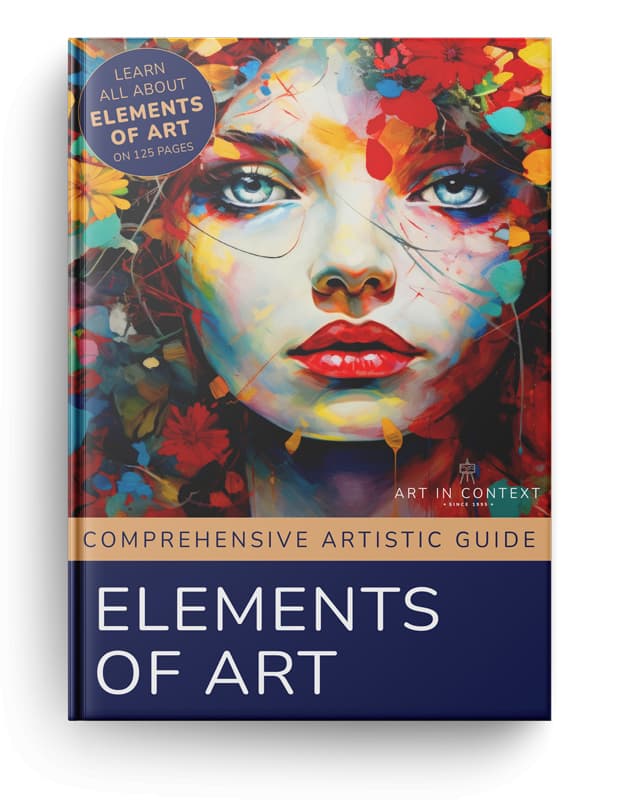
Thank you Alicia for a well rounded discussion on line art.
Your words reassured me that there are people such as yourself online giving detailed and more assuredly real advice on line drawing.
I had just come previously from a site that was just commercial tripe, selling a product of “lessons” that lead people to buying a “drawing system” that was fully reliant on Adobe and Google that just seemed like a rabbit hole young people with an interest in art should be well aware of.
I won’t go on, after all I was only interested in finding information on the potential of mono laser printers for printing line art. Such is the like of a badly worded search phrase but it did lead me to ArtinContext and I’m thankful for that.
The arts and craft communities will be among the few human endeavours left after big tech and AI investment interests try to invade everything else. I did say I won’t go on.
Thank you again and all the best to you and others who are involved at ArtinContext.